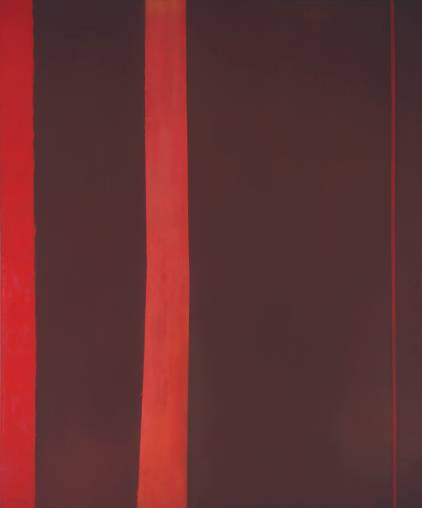The stripe has been a staple of abstract art for over 50 years.
FEW YEARS ago, the abstract painter Sean Scully worked out that he must have painted more than a million stripes. 'Sean Scully: Paintings and Works on Paper 1982-1988', which opened at the Whitechapel Art Gallery last week, adds several hundred more to the tally (Scully's stripes are thicker than they used to be, so you get fewer per painting), yet another demonstration of the artist's dogged, single-minded fidelity to his chosen motif. Assuming that his calculation is anywhere near accurate, Scully's stripe-painting exploits are, at the very least, numerically impressive. The Department of Transport estimates that the main car-riageway of the M1 motorway, measured end to end, only boasts around 135,000 stripes. 'Who's this artist who thinks he's painted a million?' the Department's spokesman asked, audibly impressed. He sounded as if he'd like to offer Scully a job.
To most people, it has to be said, the stripe is hardly a pressing concern - occasionally useful (zebra crossings, road markings), more frequently decorative (very popular on pyjamas), but generally not much thought about. Artists see it differently. Bridget Riley gets annoyed when people talk dismissively about stripe-painters: 'No one would call Cezanne or Courbet apple-painters, for goodness sake. People haven't seen enough stripes in art, painted with different implements, at different times, with different intentions, to appreciate that it's a motif like any other. The stripe is subject matter, exactly as apples or pears or nudes were in the past. Someone should write the history of the stripe in modern art, so that the stripe can be set free, can become what artists have always meant it to be, which is simply a vehicle.'
The stripe, as Riley suggests, goes back a long way in...

Between the Lines
13-05-1989

